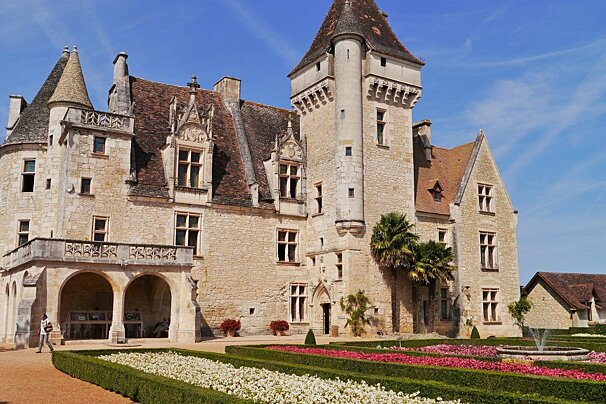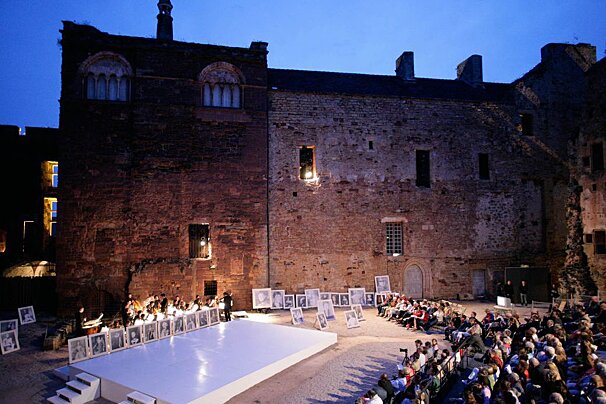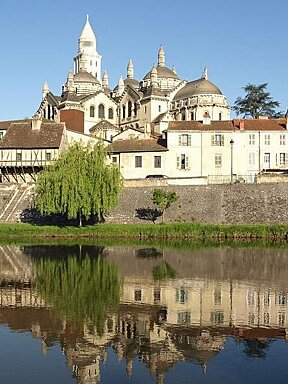
© Moissac Tourisme
Moissac
Situated at the confluence of the rivers Garonne and Tarn at the Canal de Garonne
The main town of the area between 1800 and 1926, it was all but destroyed during the floods of 1930, which caused devastation across the entire south west of France and counted as a 100 year flood.
Fortunately, the Romanesque architectural gem of a church that is the Abbaye Saint-Pierre survived. With its incredible sculptures, it was the inspiration for many of the region's churches, is cited on the route to Santiago de Compostela, and is a UNESCO World Heritage site.
History & Culture in Moissac
There is legend and then there are historical records, both of which tell a different story of the foundation of the abbey. Legend tells it was founded by the Frankish King Clovish in 506 when he threw his javelin from the top of the hill to mark the spot where the "abbey of a thousand monks" was to be built. However, historical records show it was founded by Saint Didier, bishop of Cahors in the middle of the 7th century.
Since its establishment it's been raided by Moors from the south and west, and the Norsement of the north, sacked by the Arabs of al-Andulas twice around 732, and in the 9th century it was looted by Norman pirates and then by the Hungarians in the 10th century. So you could say it's had its fair share of drama to contend with.
It was extended, had Papal visits and various ruling abbots throughout the 11th, 12th and 15th centuries, with the French Revolution in 1793 putting an end to the monastic life in Moissac. In 1808 Napoleon decreed the town be attached to the new department of Tarn et Garonne.
Today the abbey church is relatively in tact and functions as an active church, but the outlying buildings have suffered. Since 1998 the church and cloisters have had international protection as part of a World Heritage Site "Routes de Santiago de Compostela in France".



















